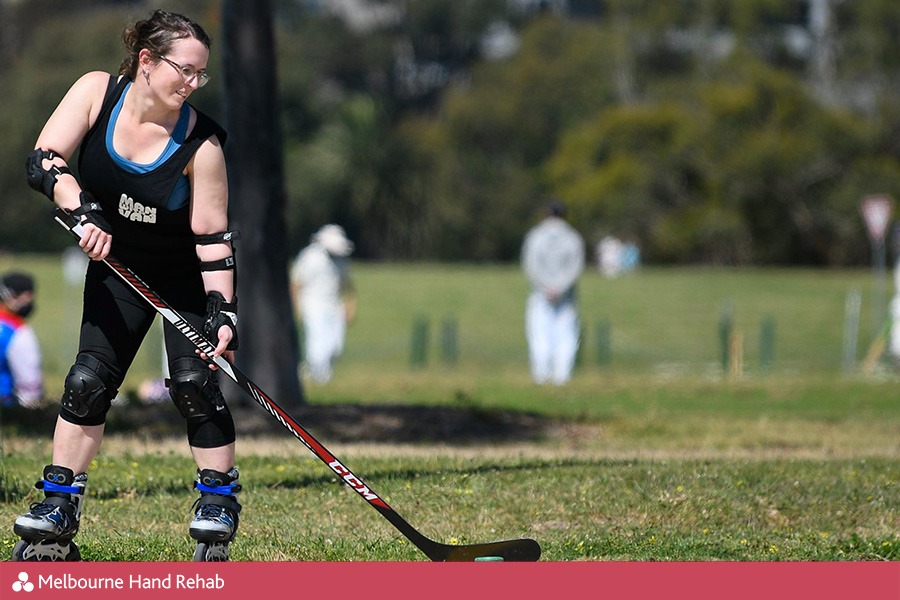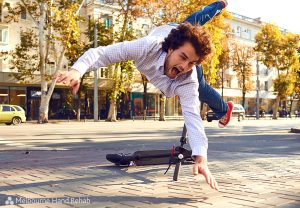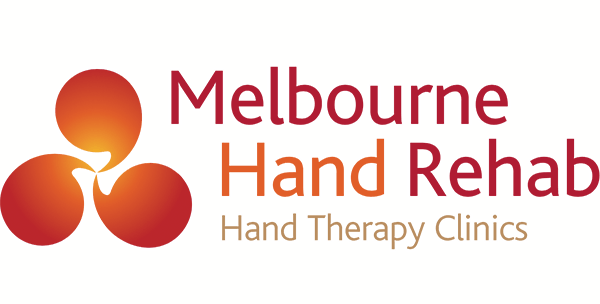
18 Jun Skating injuries & how to avoid them
Roller skating, roller blading, scooters and skateboards – a few tips on how to avoid injuries.
What new hobby have you picked up? As you can see I started roller skating and roller hockey. And I know I’m not alone – I’ve seen a lot of people coming through the clinic who have started or returned to using roller blades, scooters and skateboards. The most common cause of injury is a fall, especially if you’re new to the sport or trying high-speed tricks. And 70% of those injuries are to someone’s hand, wrist or shoulder.
A wrist fracture is one of the most frequent injuries we see. When you fall down onto an outstretched hand – especially if you’re moving fast or from a height – you run the risk of breaking one or more of the bones in your wrist. This often means 6 weeks in a cast or a splint followed by 6 or more weeks of strengthening afterwards before you can return to your skates. In the worst case scenario you’ll need surgery.
Hands and fingers are also vulnerable to impact if you have a fall.

What can you do to reduce the risk of skating injury?
1) Wear protective equipment – helmets, wrist guards, knee pads, elbow pads
Protective equipment won’t stop every break but they provide an additional layer of protection to your body. Wrist guards stop your wrist from going into the position where you’re most likely going to run into an injury. Make sure you get a pair of wrist guards that are snug and graded for your body weight.
2) Check and maintain your skates, skateboards, scooters and protective gear
Make sure that your equipment fits you. Ensure that your wheels, axles, bearings and brakes are all in good working order. As a rule of thumb, you should do monthly maintenance and a full tune up every year.
3) Practice your technique (including how to fall!)
Try to crouch down when you lose your balance to reduce the height of your fall. Another tip is to try and land on your shoulder and roll rather than reach out your arm.
4) Be aware of your surroundings
Look out for other people, wet surfaces, pets, potholes, debris and other hazards where you skate. Skating in skateparks and on paved trails can reduce your risk of tripping and falling.

You won’t often see professional skaters wearing protective gear, but YOU should! Image credit: Taylor Smith, Unsplash
5) Build towards tricks
As cool as a 180 degree jump may look, make sure that you slowly work towards any new trick and have the basics down first. Wear full protective equipment when performing tricks.
6) Supervise children
Most skatepark related injuries occur in children aged 5-14. Ensure your children are set up for success by wearing their protective gear and participating at a level appropriate to their skill.
Happy skating!
If you are experiencing hand or wrist pain, don’t hesitate to get in touch. We’d love to help you.
BOOK AN APPOINTMENT
For more information, call us directly on 03 9458 5166


